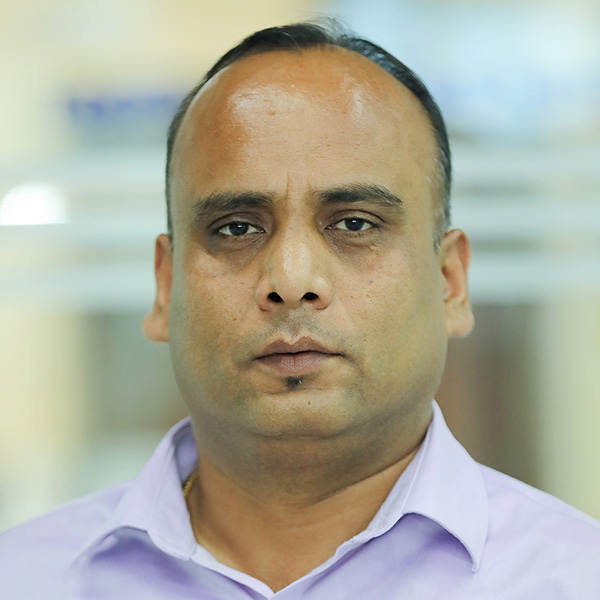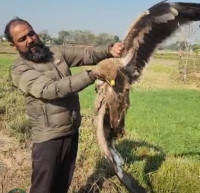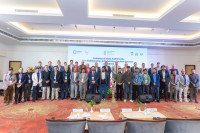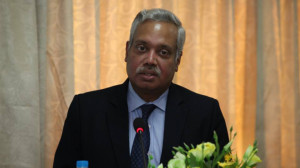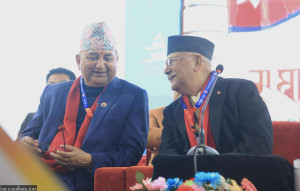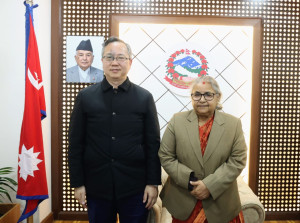National
Banstola: A Congress stalwart who stood against dynastic rule of Koiralas
Most people who knew Chakra Prasad Banstola, who died on Saturday at the age of 74, have similar view of the man—that he was a towering stalwart of Nepali Congress, a rationalist and a visionary political thinker.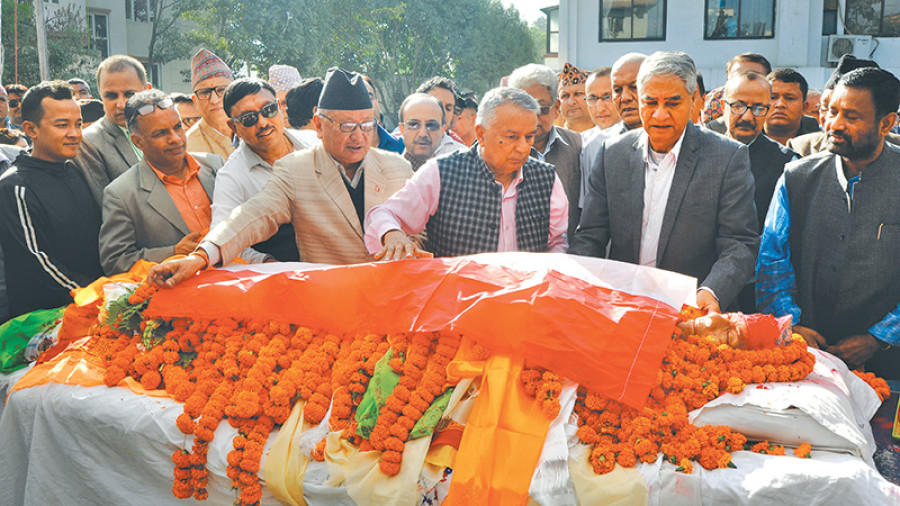
Anil Giri
Most people who knew Chakra Prasad Banstola, who died on Saturday at the age of 74, have similar view of the man—that he was a towering stalwart of Nepali Congress, a rationalist and a visionary political thinker.
A follower of Nepali Congress’s founding leader BP Koirala, Banstola began his political career from Banaras Hindu University, and played a vital role when the party decided to wage an armed struggle against the Panchayat regime in 1971. He was involved in various organisations of the party. At one time he also worked as the party’s pamphleteer.
Banstola was also part of the team that hijacked the Royal Nepal Airlines plane from Biratnagar in 1973. Durga Subedi, who led the famous hijack incident, has mentioned in detail in his book, ‘Biman Bidhroha: Euta Rajnitik Apaharan Bayan’, the role played by Banstola from managing vehicles to transporting the Rs 3 million cash seized from the hijacked aircraft, from Forbesganj, Bihar, to Darjeeling. He was later charged in the hijack incident in India, where he also spent some time in jail.
After the reconciliation bid in 1979, he returned to Nepal from exile along with BP; the two would remain close until latter’s death in 1982. Banstola also played an important role during the 1990’s People’s Movement.In 1991, the government led by Girija Prasad Koirala appointed Banstola as Nepal’s ambassador to India.Nepal-India ties at the time was in the low ebb due to India’s blockade. Prime Minister Girija Prasad needed a seasoned politician to mend the strained ties with India, and he saw that in Banstola.
“That was first evident case in Nepal’s diplomatic history that showed how a great politician could bring changes. Banstola played a critical role in bringing Nepal’s bumpy relations with India back on track,” says Madhu Raman Acharya, former foreign secretary and ambassador.
After completing his tenure in New Delhi in 1997, Banstola went on to serve as the foreign minister. Internal political dynamics of Nepali Congress was changing at the time. Much to the frustration of Banstola, Girija Prasad Koirala and Sushil Koirala were gaining dominion over the party affairs.
The Maoist movement was also gaining ground at this time. Girija Prasad once again employed Banstola’s unmatched political acumen and diplomatic skills to bring the rebels to a negotiating table. As an emissary to Girija Prasad, Banstola made several trips to India where he held secret meetings with the Maoist leaders.
“I met him several times ahead and after the peace process that began in 2006,” says Nepal Communist Party leader Narayan Kaji Shrestha, who was also working as an emissary from the Maoist side. “He was always positive towards peace process and his role as an interlocutor will always be remembered.”
After Nepali Congress leader Krishna Prasad Sitaula entered the peace process negotiations, Banstola cleared the field and started working towards creating an alternative force to counter the “high-handedness” of Girija Prasad and Sushil inside the party.
In September 2010, during the 12th general convention of the Nepali Congress, Banstola joined a third front led by Bhim Bahadur Tamang, a group of people belonging to old school of thoughts with clean political images.
Once a close confidant and disciple of BP, Banstola would go on to become a vociferous critique of the Koirala oligarchy inside the Nepali Congress.




 9.12°C Kathmandu
9.12°C Kathmandu